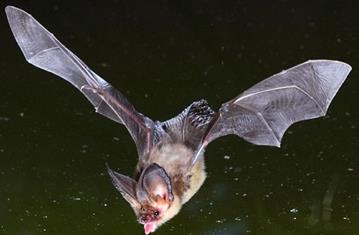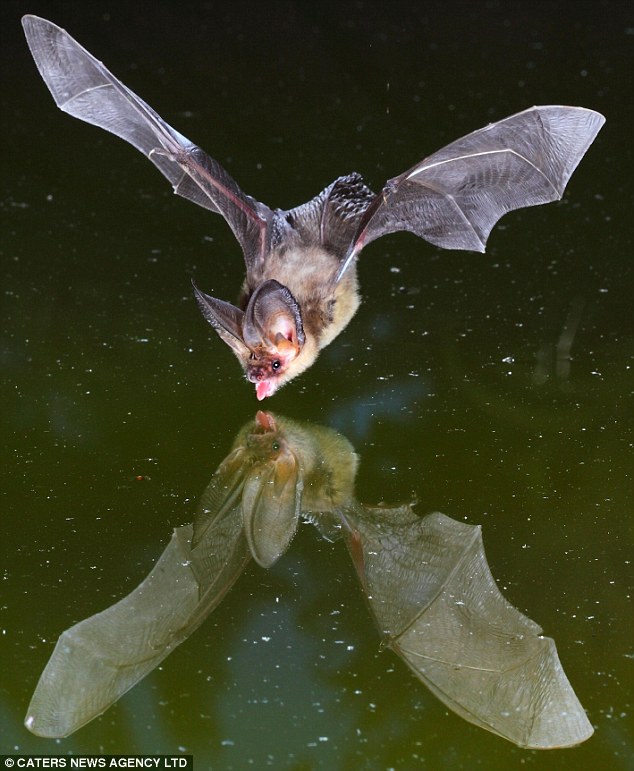10 things you didn�t know that might be living in or around your garden pond

The garden pond is a common sight and as children we learn to look for the froth of frogspawn gathering on the surface of the water but we don’t often look far beyond to see what else inhabits the common garden pond. Here is a selection of the wildlife which may live in your pond-
1 Newts
There are 3 main varieties of newt you may be lucky enough to find in your pond, the Palmate, Smooth and Great Crested. If you find you have the latter you should report it as they are a protected species. Newts go through a tadpole stage, like frogs, they develop their front legs and external frill like gills and are called efts.
2 Snails
There are around 40 species of pond snail in the UK, varying from 2mm is width to about 4cm. For a slow moving creature they often travel great distances, carried accidentally by birds or amphibians.
3 Water Voles
A protected species, voles have suffered the greatest decline of any UK mammal. Occasionally confused with rats, Ratty in the Wind in Willows was actually a water vole.
4 Frogs
You may begin to notice spawning in your pond from early Spring, with tadpoles taking between 12 and 16 weeks to turn into little froglets, ready to leave the pond in Summer. Surprisingly for such a small creature, frogs can live up to 8 years. You may wonder where they go in Winter, well they’re hibernating in the bottom of the pond so make sure you prepare your pond for winter to give them the best chance of making it through to Spring.
5 Leeches
You may be appalled to hear that you may have leeches in your pond but be assured they aren’t all the blood suckers the movies would have us believe, some dine on invertebrate larvae and small worms and are important for the life cycle of your pond.
6 Zooplankton
From the Greek ‘zoon’ meaning animal and ‘planktos’ meaning drifter, these tiny creatures may not be visible to the naked eye but do a very important jobs of consuming phytoplankton in the pond and providing a food source for fish.
7 Dragonflies
Most of a dragonfly’s lifecycle is spent underwater and it is only the short-lived adults that we normally see. The eggs are laid underwater on a plant and develop into nymphs; this can take up to 5 years. During this time the nymph is quite an aggressive predator, taking on tadpoles and even small fish. By comparison the nymph is an ugly looking creature but once fully grown it will crawl up a plant stem to perform the metamorphosis to a dragonfly. Sadly once in its full adult form the dragonfly will only live about 2 months.
8 Shrimp
A relative of the popular family ‘pet’ the sea monkey, this translucent shrimp is a delicate thing and at only 25mm long is easily missed unless you look hard. They swim around feeding on the microscopic organisms in the water but they themselves are a favourite food to other fish.
Another interesting shrimp but this one can grow up to 110mm long. They bear a striking resemblance to a tiny horseshoe crab and are often referred to as a living fossil as they have remained unchanged for the last 220 million years, making them the oldest living species known. Their lifecycle can vary greatly and if their pond dries out the eggs can lie dormant for decades before hatching once the pond is re-filled.
9 Bats

Another creature attracted by your pond is the bat, they will visit to drink and also to hunt the midges and other flying insects. You may not have realised that your pond attracts many bats every night so try and keep watch one evening.
10 Spangled Water Beetle
As per its name this elegant water beetle appears to have been adorned with golden glitter and is a truly glamorous looking creature; however this beautiful beetle is sadly one of the 10 most endangered pond species in the UK so if you happen to find one of these in your pond you’re very lucky and should do all you can to prevent the pond drying out as this can pose a serious threat to them.







